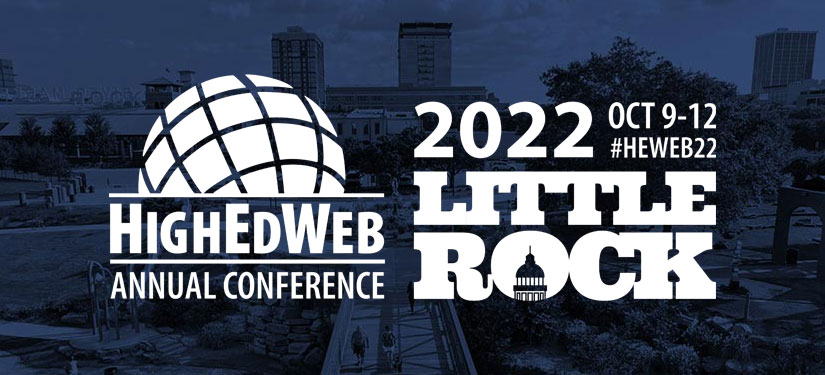The number of PDFs, Word documents, PowerPoints and images in academic courses is staggering. Based on 2020-21 global data (across 5.9 million courses), there is an average of 15 PDFs, nine Word documents, five PowerPoint presentations, and 34 images per course. Cumulatively, that’s over 375.6 million content items that could cause barriers for students! Naturally, certain questions arise. What constitutes a barrier? Which file type has the most barriers? Which file type is the easiest to make more accessible? What file type do students prefer? What can I do to help make content more usable for more students?
Blackboard Ally, a tool that integrates with the major learning environments, provides unique data on the accessibility of academic content. This gives higher education institutions insight as to the accessibility trends in their own learning environment. Additionally, Ally automatically provides seven alternative file formats for course content. For example, a student can choose to download a webpage, audio, ePub or Braille version of a PDF in a course. Using Ally’s global data, we can answer the above questions and others.
This session is to provide the annual global update to help raise awareness as to the pervasiveness of inaccessible content with the intention to help inspire, mobilize and synergize efforts.
Presenter
Amy DiMola — Anthology
Log in
Please log in to access the recording, slides and other session materials. Paid members have full access to the entire library.
New members
HighEdWeb offers several membership classes. Join today as a premium, affiliate, student or institutional member for full access to this session. Become a paid member.
Shortcode
ETS9
